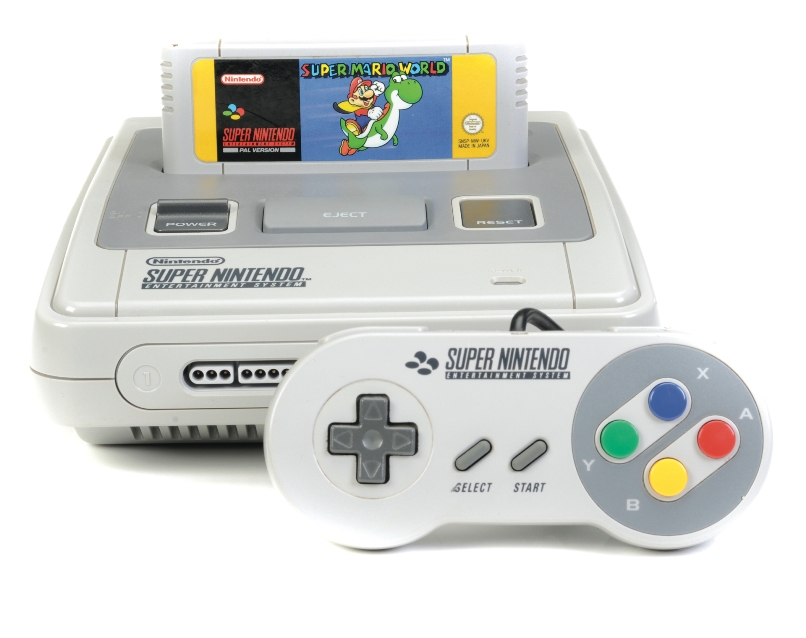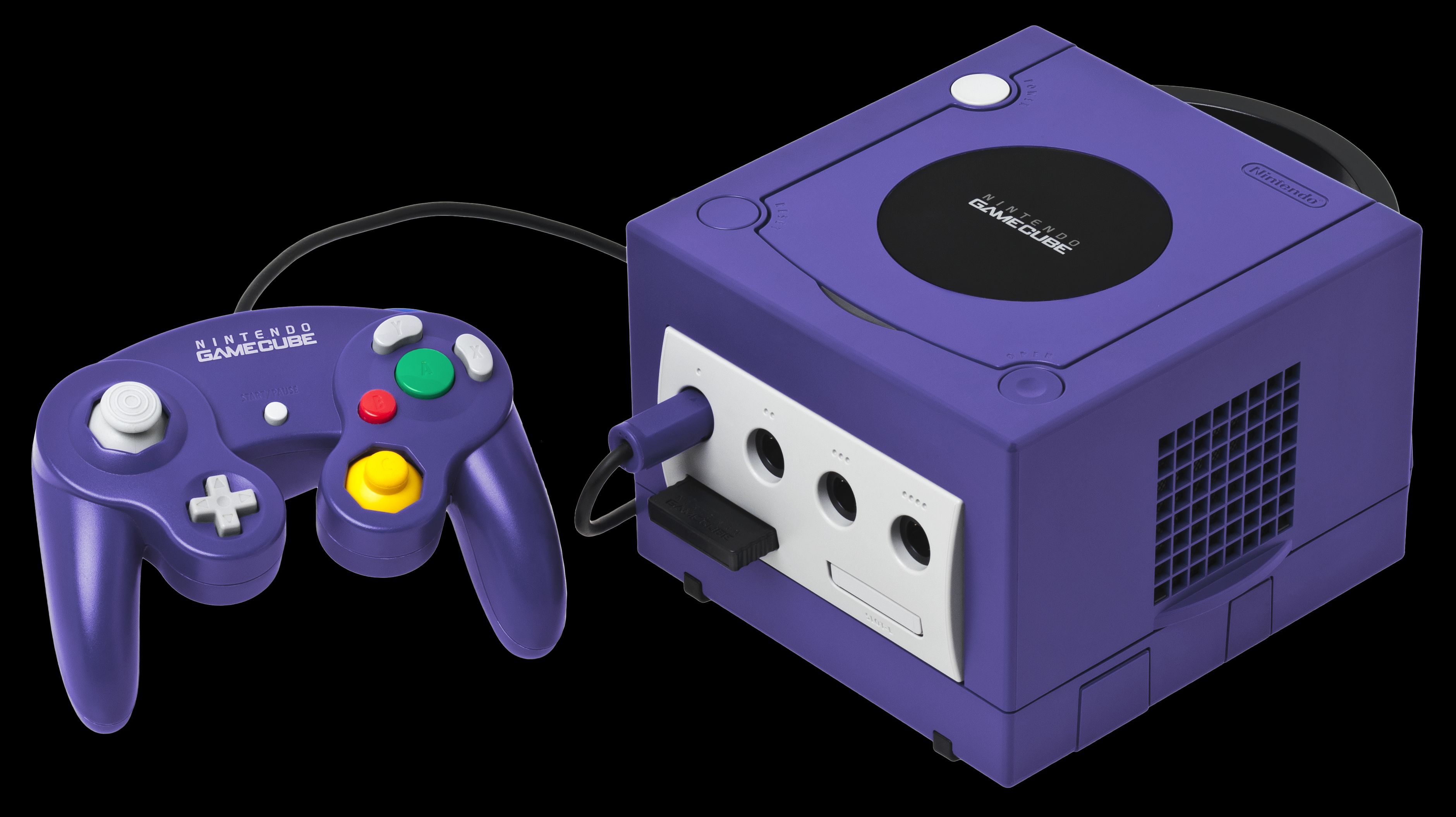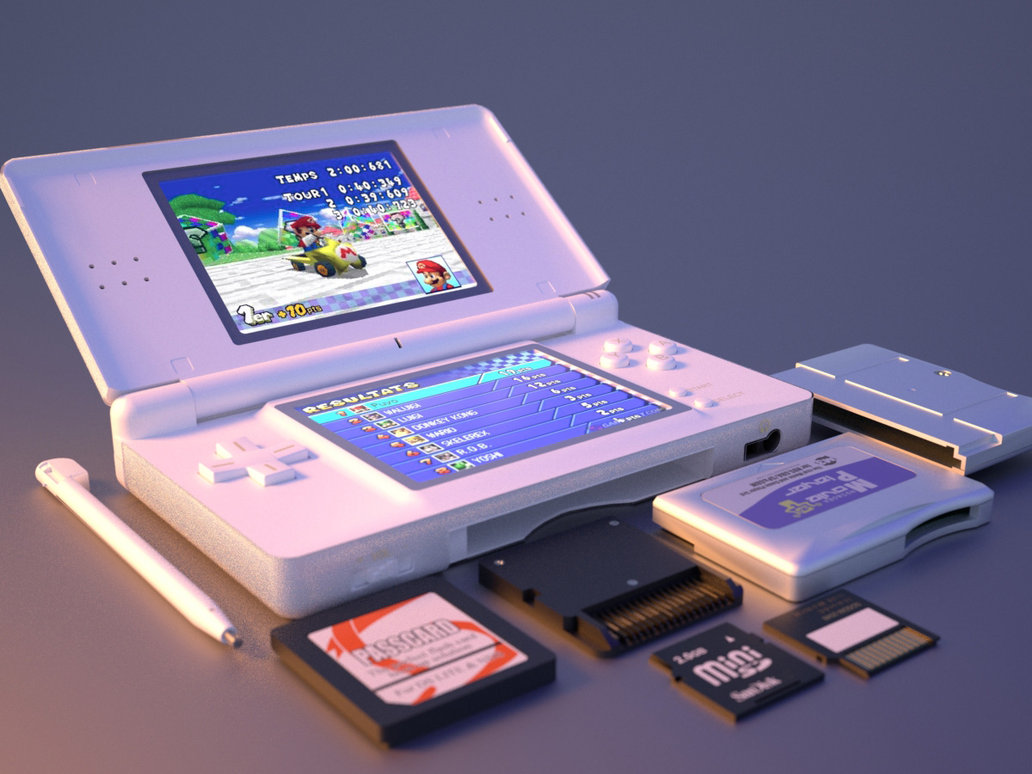Since 1983, Nintendo has sold more than 4.4 billion video games and over 703 million hardware units. The company was founded on 23rd September 1889 in Kyoto, Japan by Fusajiro Yamauchi. They started out manufacturing playing cards and later printed them with Disney characters. This came a long time before they began developing video games.
Here is a list of every video game console Nintendo has released, good and bad.
Color-TV Game (1977-1979)

Most people would say the first Nintendo console was the NES. It was, in fact, the Color TV-game 6 – the 6 referring to the different games available. These were actually six variations of one game, Light Tennis. This looked and played very much like Pong. The Color TV- game 6 sold over a million copies, and a year later inspired the sequel Color TV-Game 15 which contained nearly double the number of games as its predecessor.
Game & Watch (1980-1991)

This was the first handheld console by Nintendo and was produced as pocket-sized with a LED screen. Creator Gunpei Yokoi took the basics of the calculator and created a device which played games as well as told the time. The device oversaw the creation of the D-Pad, which revolutionized all video game console controllers to this day.
Nintendo Entertainment System (NES) (1983)

Probably the most significant hardware for the gaming industry, and the first true Nintendo console, the NES sold over 61 million units worldwide. Its 8-bit system introduced the world to the iconic Super Mario Bros and The Legend of Zelda series. The Mario series became the most successful video game franchise of all time, with its titular character becoming Nintendo’s mascot. The US release of the NES introduced the innovative accessory the Zapper, alongside the release of Duck Hunt.
Game Boy (1989)

Selling 120 million units, Gunpei Yokoi and his team retained the simplicity of the Game & Watch and beat its rivals, most notably, SEGA’s more technically advanced Game Gear. The Game Boy used interchangeable cartridges with an 8-bit system and included classic titles such as Super Mario Land and the highly addictive Tetris.
Super Nintendo Entertainment System (SNES) (1990)

The massive follow-up to the NES, and total sales of 49 million. The Super Nintendo once again outsold its rivals Sega Genesis producing titles such as Super Mario Kart, Super Mario World, Legend of Zelda: A Link to the Past and Street Fighter II. In 1993, the Super FX Chip was created, enabling advanced 2D and 3D graphics, demonstrated by the space rail shooter Starwing. Such was the popularity of the SNES that, despite technological advances, its next ten years retained its innovation and paved the way for Mario’s old enemy, Donkey Kong, with his own platformer Donkey Kong Country. This title, developed by Rare, held its own, becoming the second best-selling SNES game. This game proved to be more than just another side-scrolling platformer, boasting graphics originally intended for the Nintendo 64.
Virtual Boy (1995)

Never released in Europe, and Nintendo’s first admitted failure, the Virtual Boy sold only 770,000 units, with only 22 games released. Claiming to be the first 3D gaming console, its graphics were a mere 2D over a red monochrome display, with the user placing their head through its mounted eyepiece. The console had very few critics, with complaints about its sheer discomfort and a poor line up of games. The 3D experience promised by Nintendo was nothing more than a gimmick. The company unfairly placed the blame on its creator Gunpei Yokoi.
Game Boy Pocket (1996)

This machine was a more refined, miniature version of the Game Boy, and used fewer batteries. It utilized a new black and white display which eliminated ghosting from the original’s playing experience and, although not providing a backlight, still outsold its rivals.
Nintendo 64 (1996)

Sticking with a cartridge-based format and producing revolutionary 3D worlds, the Nintendo 64 (N64) sold 33 million units and created the first analog control stick. Despite the release of two Zelda games and the multiplayer fun of Mario Kart 64, the N64’s use of cartridge format held back its capabilities. Sony Playstation’s use of Compact Disks (CD’s) was cost-effective and, although had its share of loading times, could hold vast amounts of space compared to the size of an N64 cartridge. In addition to third-party support, which was a far superior showing for Sony, the N64 still produced much-loved classics such as Super Mario 64, the classic first-person shooter Goldeneye 007, and The Legend of Zelda: Ocarina of Time, which still tops greatest gaming polls to this day.
Game Boy Color (1998)

This was the first official color handheld by Nintendo, and users could choose from a variety of consoles, each with their own color scheme, upon purchase. The Pokémon series provided a winning formula with this handheld.
Game Boy Advance (2001)

This was the ultimate successor to the Game Boy and sold 82 million units worldwide. The Game Boy Advance was capable of releasing SNES quality titles such as Super Mario Advance (The All-Stars remake of Super Mario Bros 2), as well as being backward compatible with previous Game Boy and Game Boy Color releases.
GameCube (2001)

A mere 22 million GameCubes were sold, much less than the N64’s 33 million. Nintendo opted for the use of mini-discs, focusing on connectivity with the Game Boy Advance, and less on online greater third-party support. In doing so, they lost the quality of classic releases seen in many N64 titles. That, and the lack of mature titles, such as the Grand Theft Auto series. There was, however, much to savor, such as the release of the innovative The Legend of Zelda: The Windwaker, and the classic Resident Evil 4. The latter was exclusive for the GameCube and released months before the PlayStation 2.
Panasonic Q (2001)

This was only released in Japan and simply allowed the GameCube to play DVDs and mp3s.
Game Boy Advance SP (2003)

The SP was an upgraded version of the GBA, with a built-in screen light, rechargeable battery, and a flip-top screen – much like the mobile phones of the time.
Nintendo DS (2004)

This was a huge success and Nintendo’s highest-selling console of all time, with 154 million units shifted across the globe. With a dual-screen and a touchscreen stylus, the DS was internet compatible for games like Mario Kart DS and Animal Crossing: Wild World both instant classics, as well as Dr. Kawashima’s Brain Training the latter promoting a healthier brain age.
Game Boy Micro (2005)

Yet another GBA upgrade/alternate version, this was a simple, tiny handheld that only played GBA games.
Nintendo DS Lite (2006)

The Lite was a much sleeker, polished version of the DS, and was a sell-out upon release. It helped beat away Sony’s handheld answer the PlayStation Portable.
Nintendo Wii (2006)

Selling 102 million units, the sheer lack of HD graphics was overshadowed by its revolutionary motion-sensor controllers, keeping the costs for the Wii at a minimum. The Wii became a sell-out upon Christmas release, including classic titles on the launch, such as Wii Sports and The Legend of Zelda: Twilight Princess. Despite the Wii’s lack of technical abilities compared to Microsoft and Sony’s efforts, the Wii’s sheer innovation ultimately delayed Sony’s new PlayStation 3 console, to bring in their own answer to the Wii’s motion sensor abilities. The Wii’s strategy was to attract non-or casual gamers who were people of all ages, and much like the Nintendo DS Brain Training games that promoted a healthier brain, the Wii promoted physical fitness. Nintendo released the popular Wii Fit series including the Balance Board, which could further track the gamers’ movements, and record their BMI and weight.
Nintendo 3DS (2011)

Although not quite as successful as the DS, the 3DS has still sold up to 65 million units. The console boasted new 3D effects without the use of glasses, although, this did not always prove popular, with most users switching off the 3D option. The system still provides fantastic games on its roster and has proven its online capabilities a success. Remakes of classic N64 titles The Legend of Zelda: Ocarina of Time and The Legend of Zelda: Majora’s Mask has proven immensely celebrated.
Wii Mini (2012)

A miniature version of the Wii and released during the Wii’s final reign, and didn’t include some of its old features – online gaming being one.
Wii U (2012)

A massive flop by Nintendo, and hardly a jump from the Wii’s innovative strides, the Wii U sold only 13.5 million. Using a tablet for a controller allowing users to play on its screen, hardly blew imaginations like its previous effort.
NES Classic Mini (2016)

A classic collection of NES titles, built inside a tiny version of the console itself, complete with classic controllers.
Nintendo Switch (2017)

What the Wii U should have been. This console sparked much anticipation before its release and has been met with high praise. Its controllers detach from the main console, that being a tablet-style that can be played on a TV or on the move. It was released with another classic The Legend of Zelda: Breath of the Wild.
SNES Mini (2017)

This is an obvious sequel to the successful NES Classic Mini, featuring SNES classics like Super Mario World and Legend of Zelda: A Link to the Past.
